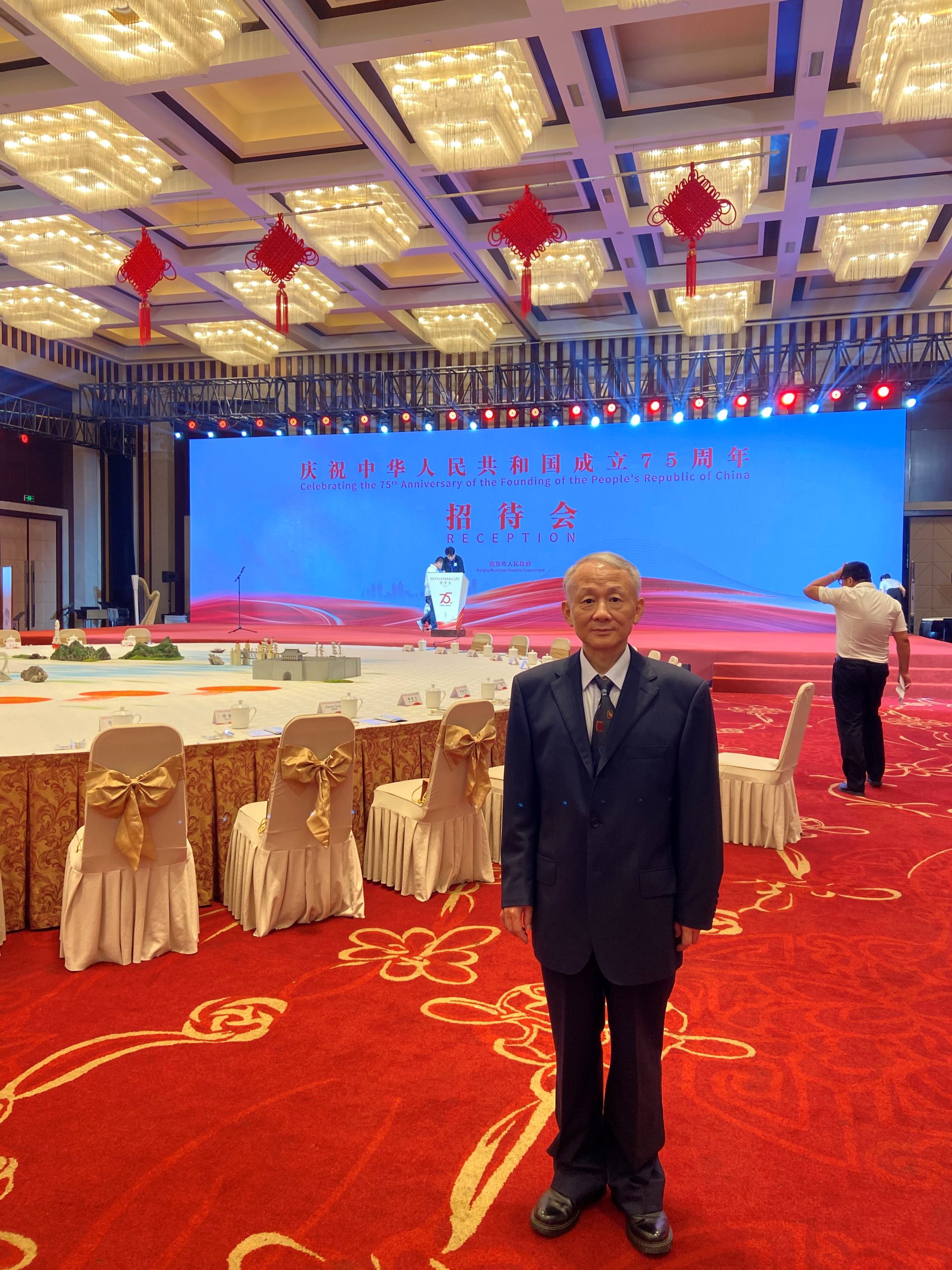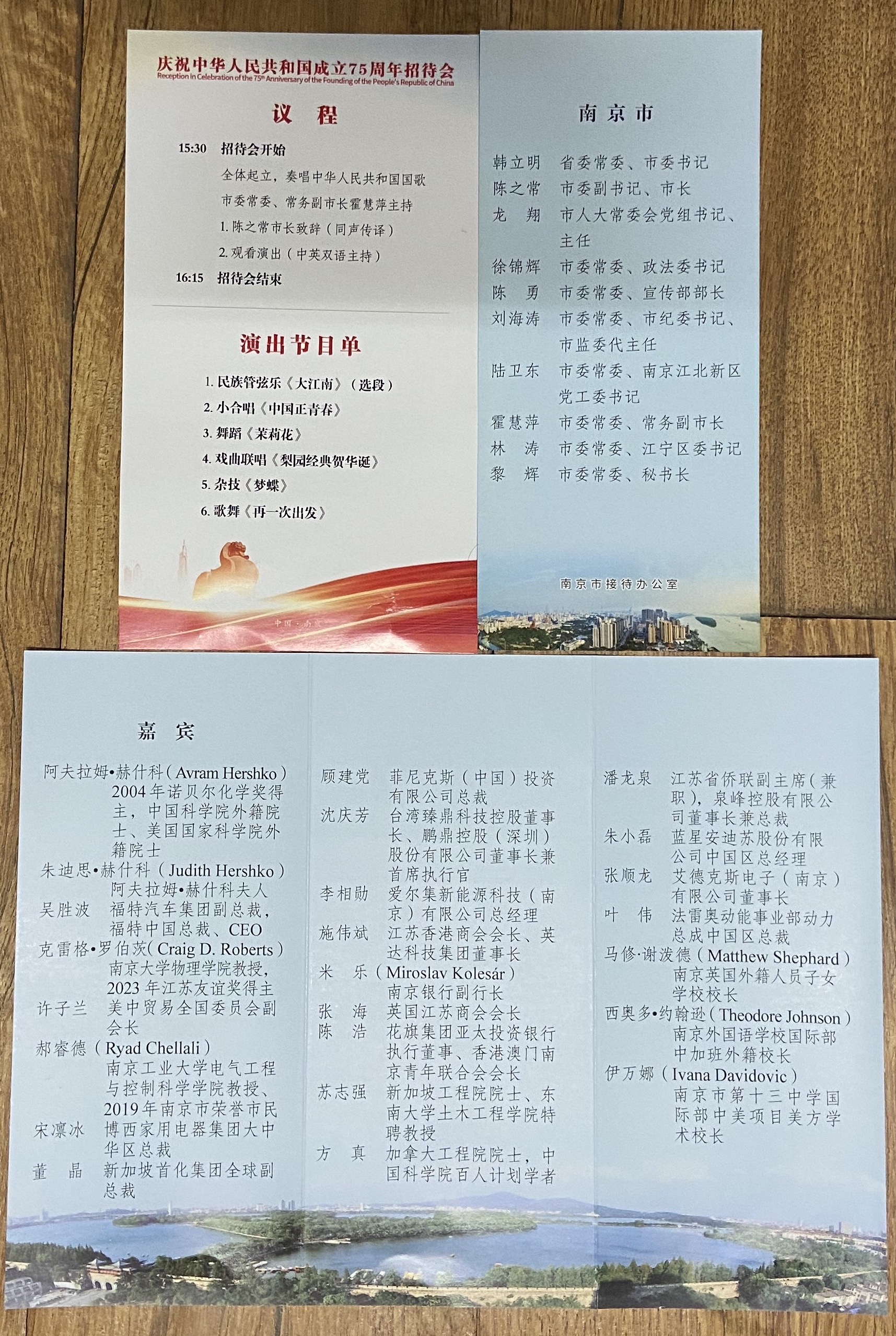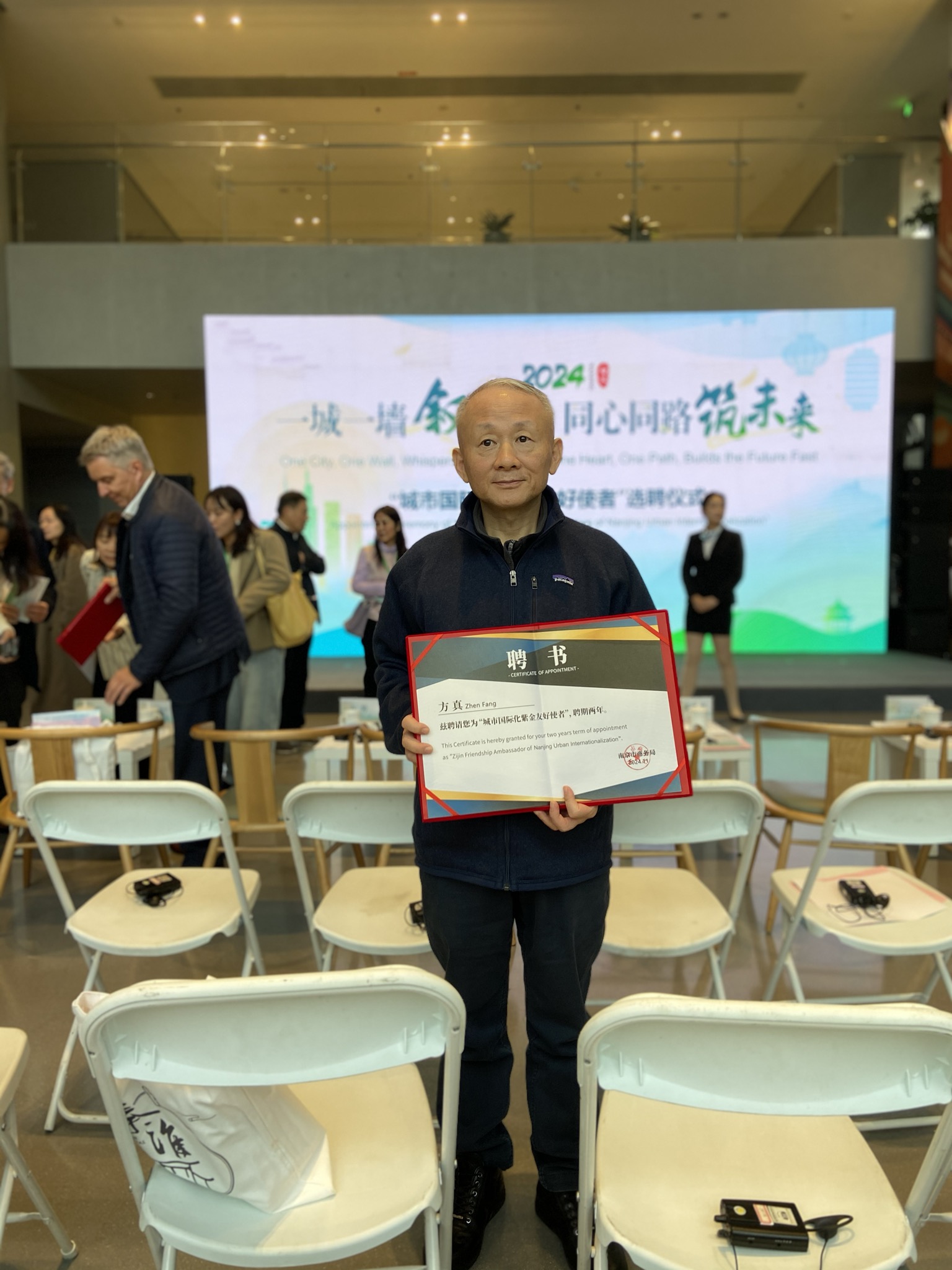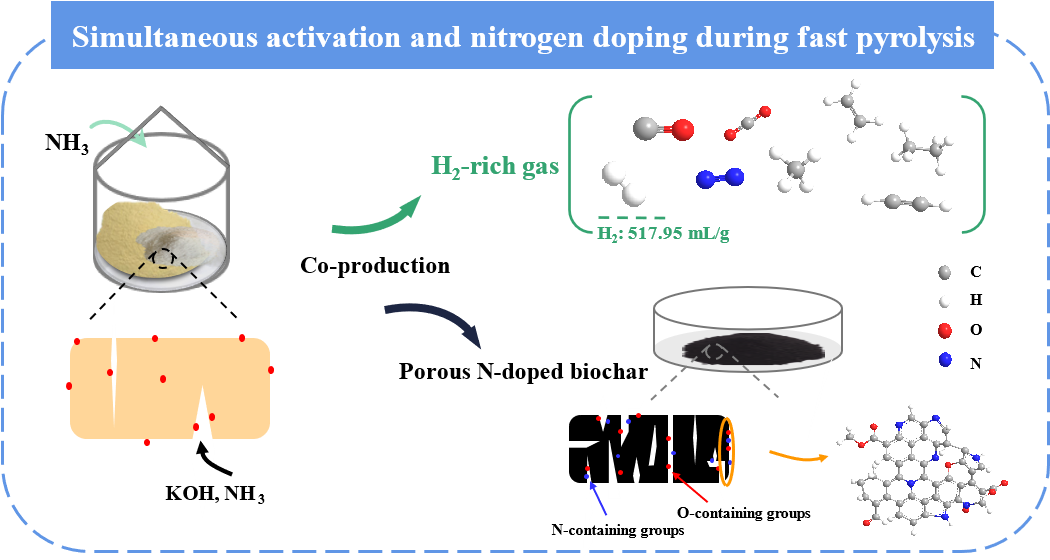水热协同秸秆塑料液化Comprehensive insights into synergistic effects of cotton stalk and polyethylene in hydrothermal liquefaction process
8 12 月, 2024Comprehensive insights into synergistic effects of cotton stalk and polyethylene in hydrothermal liquefaction process
Recently, PhD student Mr. Sheng-ren Li, supervised by Prof. Zhen Fang, published a research article on hydrothermal synergistic effects of cotton straw and polyethylene.
The synergistic effects of cotton stalks (CS) and polyethylene (PE) during the hydrothermal co-liquefaction process increased the bio-oil yield by 22.8%, with solid residue decreased by 6.1% and {gas + aqueous} products declined by 18.2%. GC-MS presented oxygen-containing compounds in oil decreased but hydrocarbons (HCs from 6.2 % to 66.8%) increased. TG analysis and FT-IR of solid residues revealed significant mutual promotion of the decomposition between CS and PE. The decomposition kinetics calculation demonstrated that co-treatment reduced the decomposition temperature by 33 ℃, increased the mass loss by 7.8 wt%, and lowered the decomposition activation energy by 6.8 % (from 240.0 to 225.7 KJ/mol). Moreover, co-liquefaction of PE with biomass components further revealed that cellulose in CS predominantly facilitated the depolymerization of PE, followed by hemicellulose. This effect could be attributed to the acid from hydrolysis of cellulose and hemicellulose as well as high [H]+/[OH]– concentration in from hydrothermal water, which promoted the β-scission of PE. The synergistic reaction pathways were proposed: CS and PE mutually promoting decomposition, with PE-derived olefins and hydrogen undergoing Diels-Alder, alkylation, and hydrodeoxygenation (HDO) reactions with CS intermediates, thereby enhancing HCs yield and inhibiting carbonization rearrangement of intermediates. This work reveals the causes and reaction pathways underlying synergistic effects, offering comprehensive guidance on producing crude bio-oil.
Related results were accepted in Chemical Engineering Journal:
SR Li, GQ Zhu, C He, LJ Xu*, JA Kozinski, Zhen Fang*, Comprehensive insights into synergistic effects of cotton stalk and polyethylene in hydrothermal liquefaction process, Chemical Engineering Journal, 502 (2024), 157845. https://doi.org/10.1016/j.cej.2024.157845

Cellulose and hemicellulose predominantly facilitate the β-scission of PE, with the derived hydrogens and olefins undergoing Diels-Alder, alkylation, and HDO reactions with lignocellulosic intermediates. (纤维素和半纤维素主要促进PE的β-scission,其衍生的氢和烯烃与木质纤维素中间体发生Diels-Alder 、烷基化和HDO反应) 。
棉花秸秆和聚乙烯在水热液化过程中协同效应的综合研究
近期,博士生李胜任在方真教授的指导下,在国际学术期刊Chemical Engineering Journal发表了一篇关于棉花秸秆与聚乙烯水热协同效应的研究性论文。
棉花秸秆(CS)和聚乙烯(PE)在水热共液化过程中的协同作用将生物油产率提高了22.8%,固体残渣减少了6.1 %,气+水产物减少了19.2%。气相色谱-质谱联用(GC-MS)分析表明,油中含氧化合物含量下降,而碳氢化合物(HC)含量从6.2%上升至66.8%。固体残留物的热重(TG)分析和傅里叶变换红外光谱(FT-IR)分析表明,CS和PE之间存在显著的相互促进作用。分解动力学计算表明,共处理使分解温度降低了33℃,质量损失增加了7.8 wt%,分解活化能降低了6.8%(从240.0降至225.7 KJ/mol)。此外,PE与生物质组分的共液化进一步表明,CS中的纤维素主要促进PE的解聚,其次是半纤维素。这可能是由于纤维素和半纤维素水解产生的酸以及热液中较高的[H]+/[OH]–浓度促进了PE的β-scission。提出了CS和PE的协同反应途径:CS和PE相互促进分解,PE衍生烯烃和氢与CS中间体发生Diels-Alder、烷基化和加氢脱氧(HDO)反应,从而提高HC产率,抑制中间体的碳化重排。这项工作揭示了引发协同效应的原因和反应途径,为生物原油生产提供了综合指导。
结果发表在Chemical Engineering Journal:
SR Li, GQ Zhu, C He, LJ Xu*, JA Kozinski, Zhen Fang*, Comprehensive insights into synergistic effects of cotton stalk and polyethylene in hydrothermal liquefaction process, Chemical Engineering Journal, 502 (2024), 157845. https://doi.org/10.1016/j.cej.2024.157845






